Dolphins TOOB (Safari Ltd.)
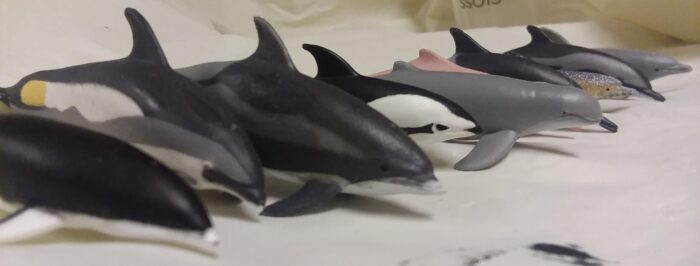



“Tyger, Tyger, burning bright,
In the forest of the night,
What immortal hand or eye
Can frame thy fearful symmetry?” The Tyger, William Blake, 1794
This poem, used in the Songs of Experience by William Blake, was a counterpoint of the Songs of Innocence poem, The Lamb, and you can see why.

Review and images by JimoAi; edited by bmathison1972
When it comes to cats on the African savanna, those that comes to mind to most people are the lions, leopards, and cheetahs. There are other cats that people don’t think off, like the caracal or the subject of this review, the serval (Leptailurus serval).

The honey bee. Apis mellifera. Probably the most iconic insect in human history. Surprisingly, not commonly made in toy form, at least not at the species level by manufacturers of collectible animal models (almost every ‘bin-style’ set of toy bugs has a generic bee, however). Also, when bees are made, they are rarely super accurate models; I suppose it is because it is such a familiar animal, it is easily recognizable with minimal effort (sort of like an elephant; it doesn’t have to be a good elephant, but a smooth, gray mammal with a trunk, pair of tusks, and big floppy ears will be immediately recognizable as an elephant).
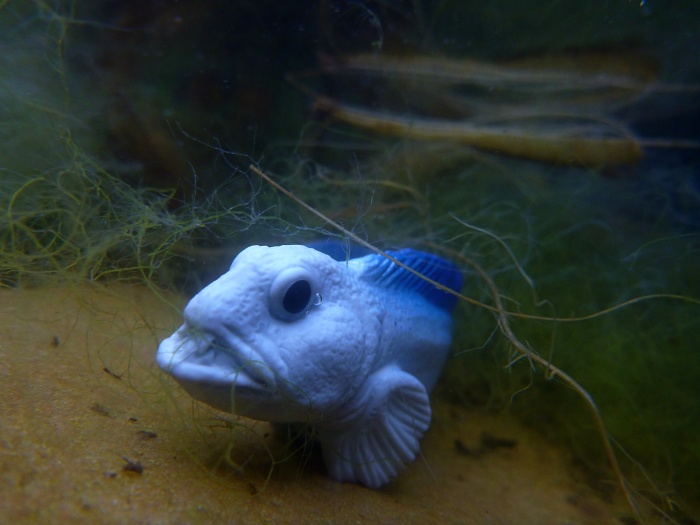
Review and images by Lanthanotus; edited by bmathison1972
Today I want you to introduce to a really nasty looking fish, the Atlantic wolffish (Anarhichas lupus) or seawolf. Few people know this fish, although a lot have probably eaten it as part of those fish dishes that do not specify a certain species of fish, as the famous “fish and chips” on the British Islands for example.
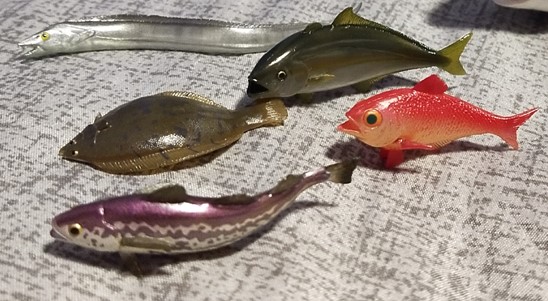
Review and images by JimoAi; edited by bmathison1972
Over the last few years, various companies have given us a whole slew of fish figures: Yujin with their accurate depictions of the Finding Nemo characters, along with some obscure species like the pineapple fish in their first Saltwater Fish in Colour set; Kaiyodo pumping out obscure fish species like the dorado, Kidako moray, and the Clark’s anemone fish for their Aquatales lines; Colorata with their various fish sets: the Fossil Fish and Deep Sea Fish sets are two examples; Safari Ltd.
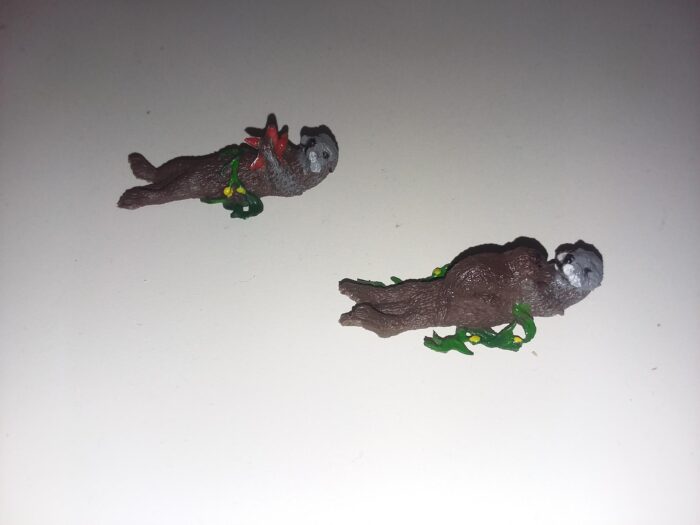
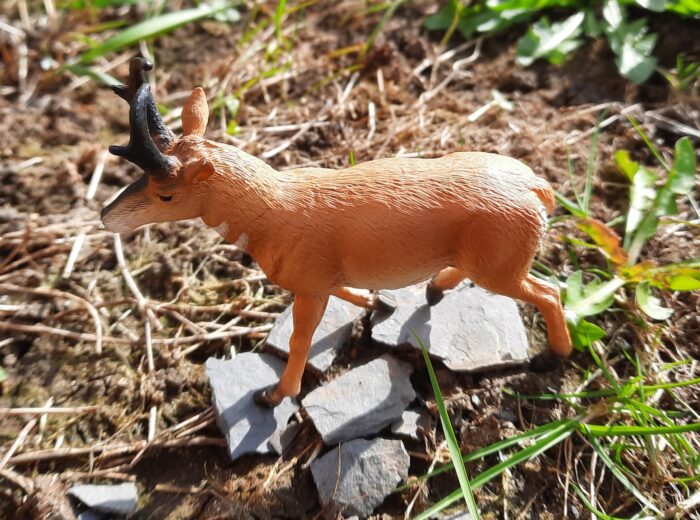
In nature, anachronisms are an interesting mystery. Why do Lemurs cry out in terror of birds that won’t attack them? Why do avocados’ have such large seeds? Why do the trees of New Zealand have sharp leaves as saplings? The animal of this review has an intriguing be partially useful anachronism, the pronghorn (Antilocapra americana), an animal looking like an antelope or deer, but actually being closer related genetically to giraffe and okapi.
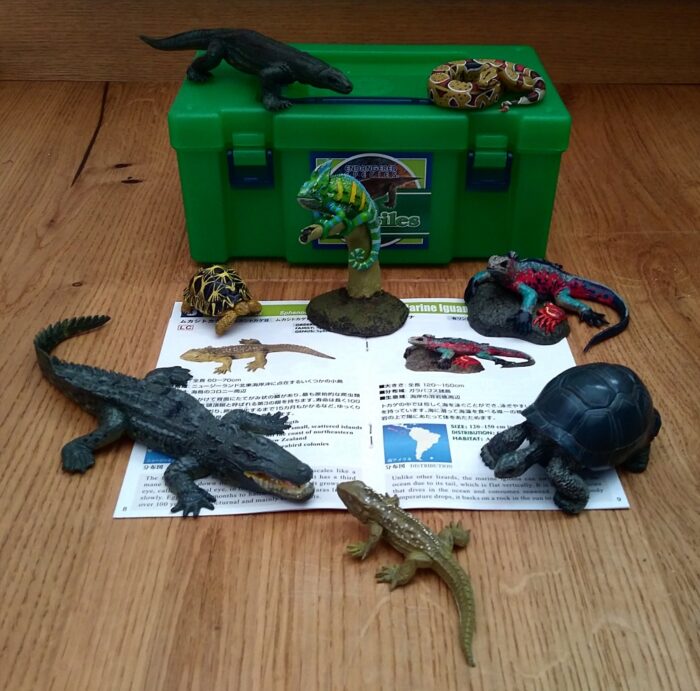
Review and images by Lanthanotus; edited by bmathison1972
Colorata is a Japanese company that has been around for several decades. The internet and global market made their models available to the world outside Asia and the quality of their products made them desirable collector items. A lot of Colorata’s figures have been released as parts of a box, set, of which there are quite a lot to choose from, “fossil fish”, birds of prey, sharks, dinosaurs, cats and a lot more.
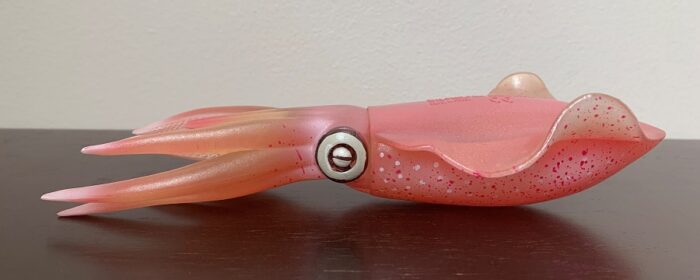
The reef squid, also known as the Caribbean reef squid (Sepioteuthis sepioidea) is a small member of the Loliginidae (pencil squid) family. At first, it might seem like a somewhat random addition to Safari’s Incredible Creatures line, just one out of over 300 squid species and with nothing particularly remarkable about it.